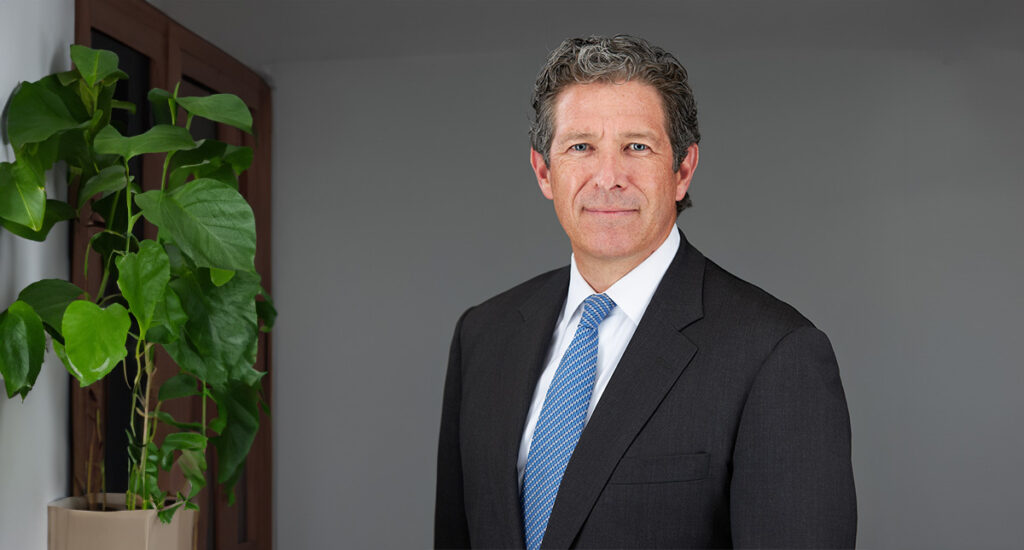In the current environment, cash has proven to be a smart investment, offering competitive rates and relatively low risk.
The recent failures of Silicon Valley Bank and Signature Bank, however, have reminded cash investors that “low risk” does not mean “no risk”, highlighting the importance of safety of principle and access to liquidity when considering investment alternatives.
Kevin Bannerton of R&T Deposit Solutions explained how you can safeguard large sums of client cash with FDIC insurance, even if those sums exceed the FDIC limit of $250,000. Bannerton is Executive Vice President, Head of Wealth Management, for R&T, and he chatted recently with Cheetah about how R&T is addressing the uninsured deposit problem.
Why is cash so attractive right now?
Kevin: There are two reasons. There is a lot of volatility in the market right now, a lot of uncertainty, and fears of a recession. And then you have an inverted yield curve where you’re not getting paid to take duration risk. So instead of investing in a one-year Treasury bill that’s below the overnight rate, you’re actually better off and you can earn more by keeping money in a liquid investment. So, from a rate perspective, it’s more competitive.
How does R&T solve the problem of uninsured cash deposits?
Kevin: We have created a network of participating banks, trust departments, credit unions, and other financial institutions called the Demand Deposit Marketplace. Cash balances in your customers’ accounts are sent daily into the DDM program. The DDM program then allocates these balances to deposit accounts at FDIC-insured banks in increments below $250,000 so that your customers’ balances are FDIC-insured up to the program limit.
We can insure more than $50 million per tax ID. This is great for consumers, but it also presents an opportunity for smaller banks and community banks. They can choose to be a receiving institution and they get stable deposits on-demand, and they get access to deposit funding that they may not get through retail channels one deposit at a time.
How prevalent is this type of solution among financial institutions right now?
Kevin: If there are 3,000 to 3,500 banks in the country, there are probably about 1,000 that utilize this type of a program. Among independent trusts, I would guess the adoption rate is probably around 20-25 percent.
Overall, we’ve achieved those early adopters and we’re moving more to the mass market.
This sounds like a win-win for everyone. Why isn’t the adoption rate 100 percent already?
Kevin: It’s education and awareness. We need to increase awareness and make sure that people understand that these programs are available.
But we saw a tremendous spike in interest after Silicon Valley bank failed. At SVB, for example, most of the deposits that withdrew quickly were core deposits. The bank perceived them to be stable because they were core deposits. But they turned out not to be. So, it really was an issue of insured versus uninsured as opposed to core versus brokered.
Among trusts, what we are seeing is that there is still a strong utilization of money market funds. But our rates are generally more competitive than government money market funds, and you remove any of the market risk. So, again, it comes down to education and awareness.




